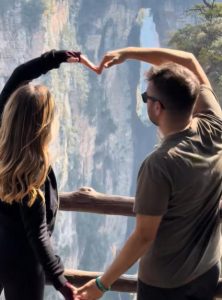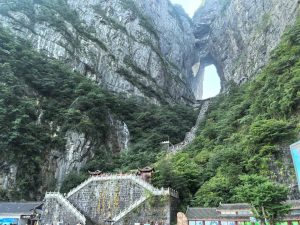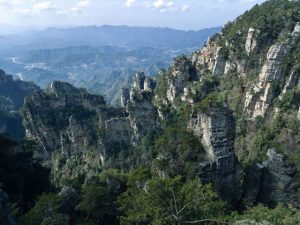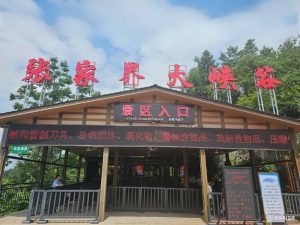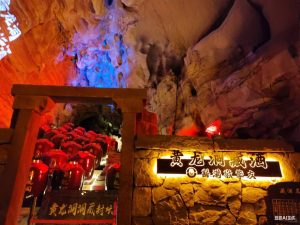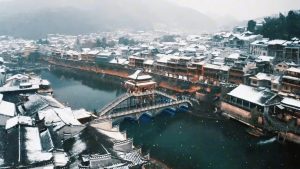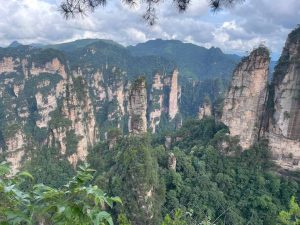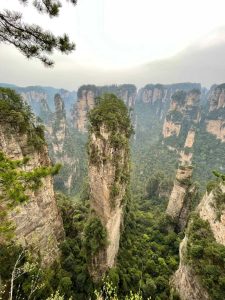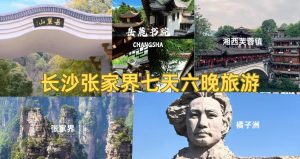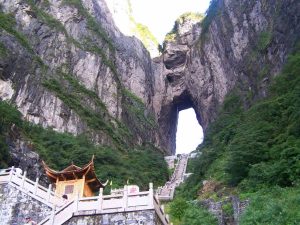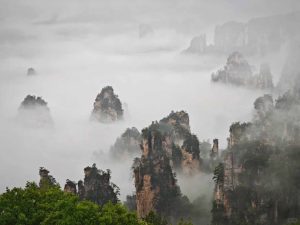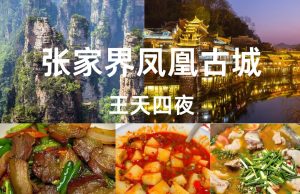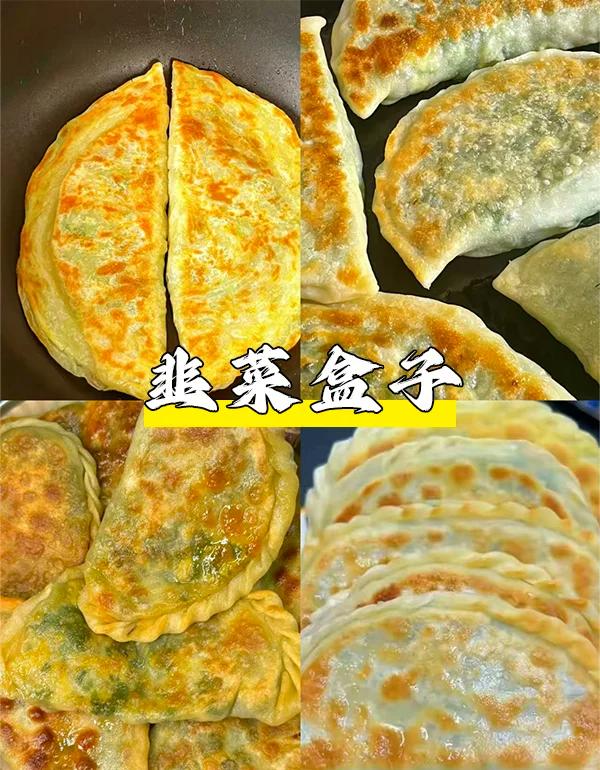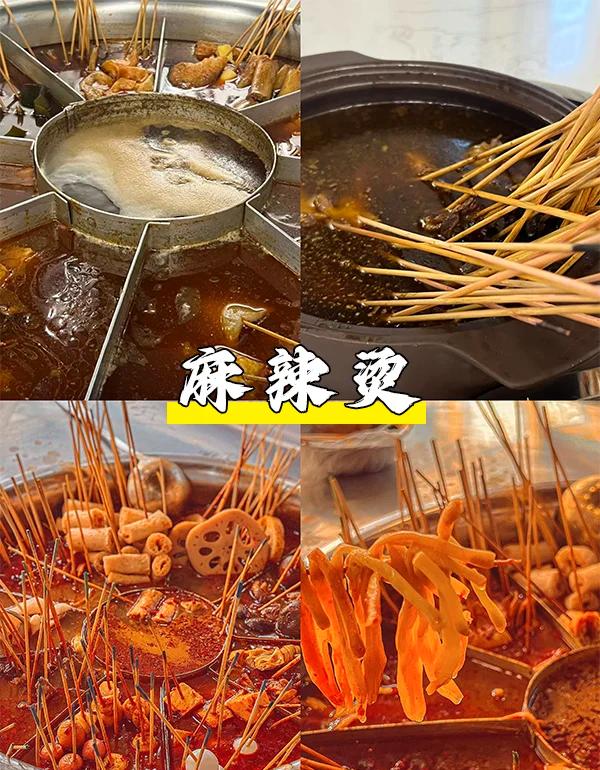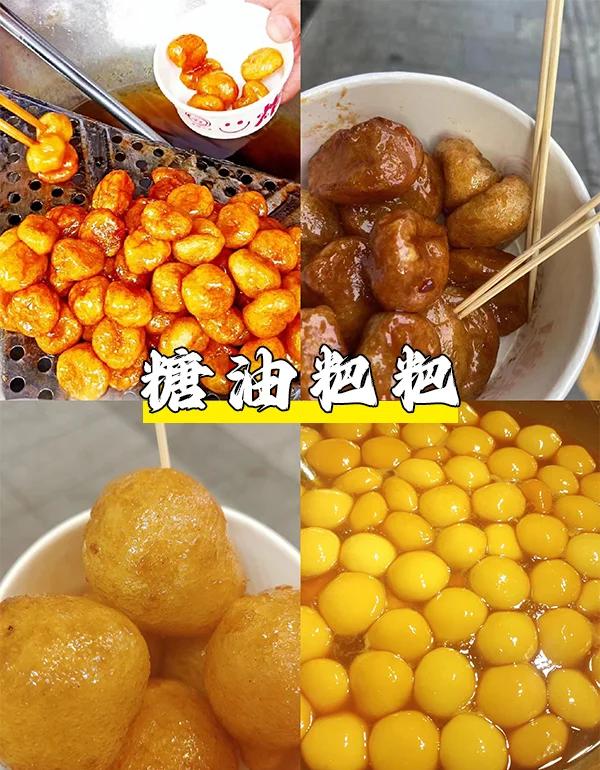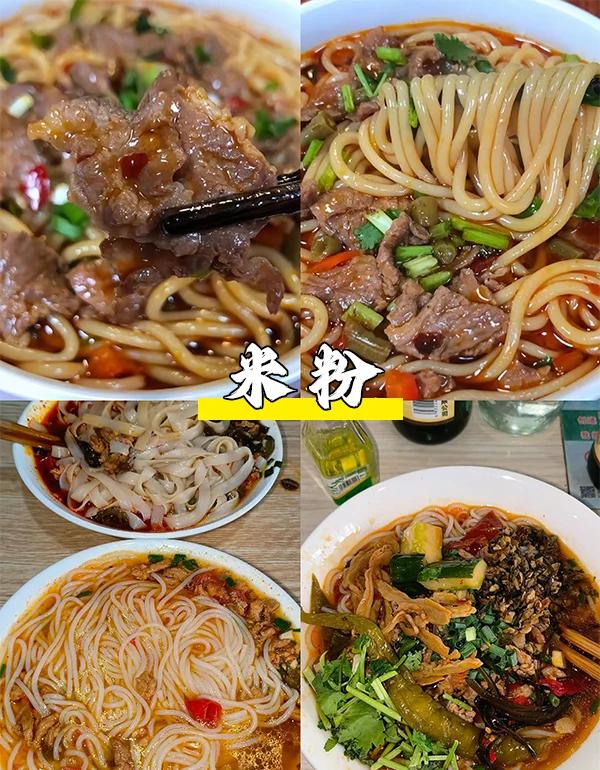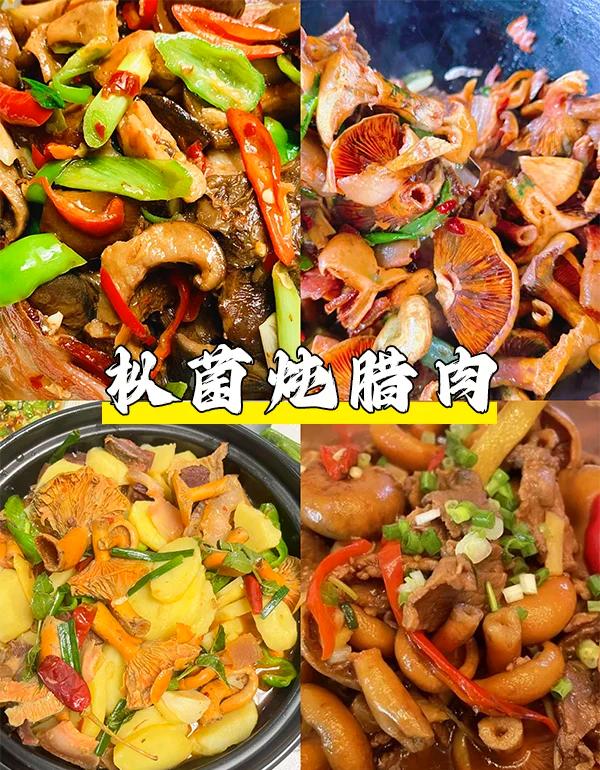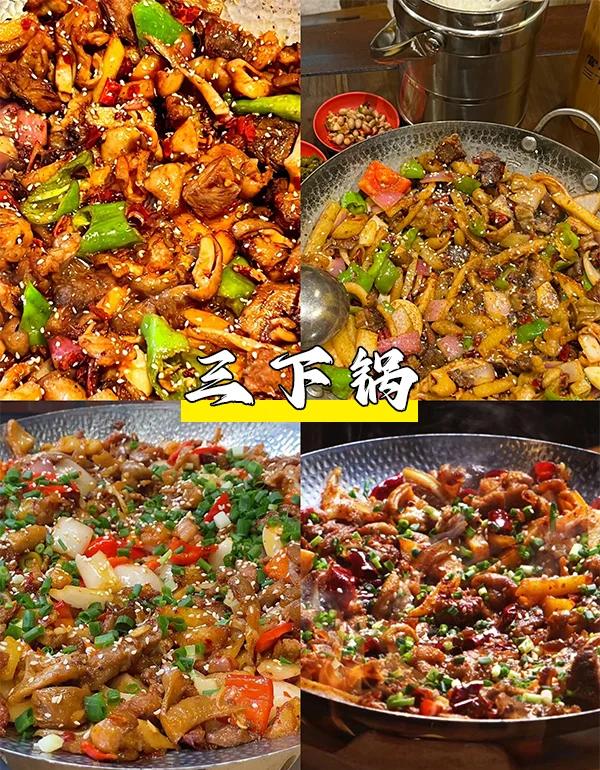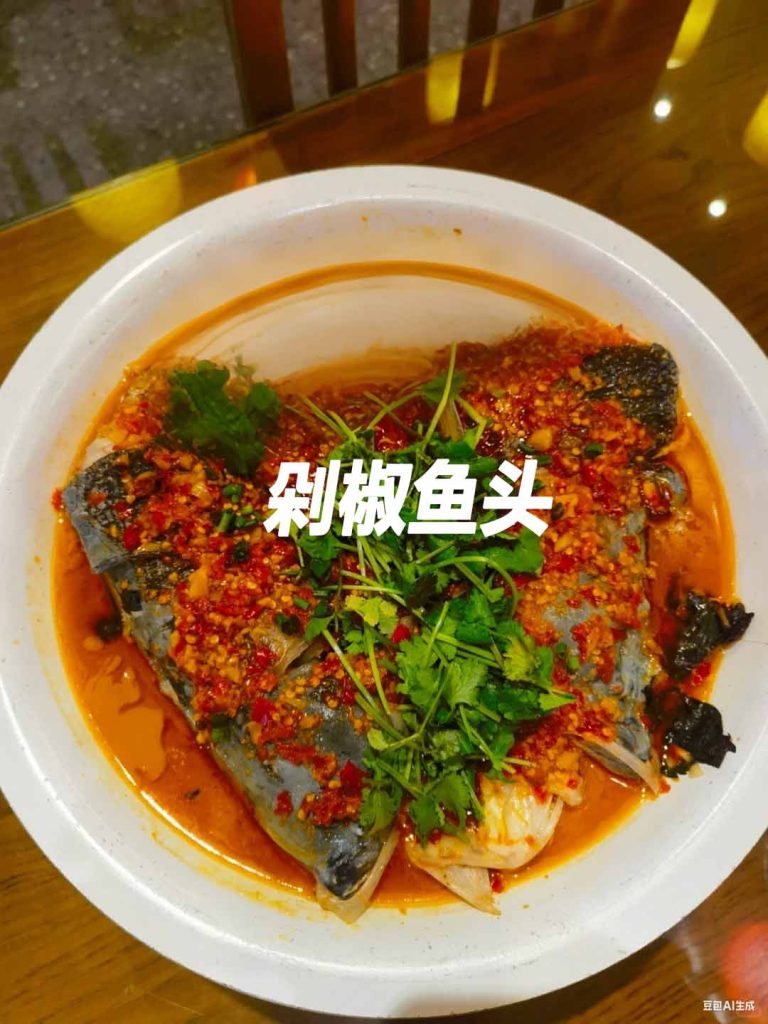Zhangjiajie in Hunan, a masterpiece of nature’s artistry, is hailed as an “enlarged bonsai, a miniature fairyland.” Here, extraordinary peaks rise majestically—three thousand quartz sandstone pillars soaring from the earth, shaped like swords, bamboo shoots, humans, or beasts. Amidst swirling mists, they transform endlessly, forming a natural sculpture gallery that leaves visitors in awe.
Golden Whip Stream winds through the deep valleys between the peaks. Its crystal-clear waters flow between banks of ancient, verdant trees, accompanied by the melodious songs of birds. Strolling along its banks feels like stepping into a flowing landscape painting, refreshing the spirit. Ascending Tianmen Mountain, one can overlook the “Heavenly Road” with its ninety-nine twists and turns, coiling like a giant dragon along the sheer cliff face. Walking along the glass walkway suspended a thousand meters above the ground offers thrilling views where all mountains appear small.
Moreover, Zhangjiajie is home to ethnic minorities like the Tujia and Miao peoples. Their intangible cultural heritage—such as the Baishou Dance, Maogusi, and wedding lament songs—shines brilliantly, infusing these extraordinary mountains and waters with profound cultural soul.
Blending breathtaking natural wonders with rich ethnic traditions, Zhangjiajie stands not only as a national 5A-rated scenic area and a UNESCO World Natural Heritage site but also as an unmissable dream destination in every traveler’s heart. Come here to experience firsthand the enchanting interplay of “mysterious peaks, beautiful waters, secluded valleys, and seas of clouds,” embarking on a soul-stirring journey through a fairyland.
- Guilin, Zhangjiajie, Jiuzhaigou, which one is more fun?

- One-day trip from Zhangjiajie: How to choose Furong Town and Fenghuang Ancient City? Time is tight, just play one, which one is more worthwhile?
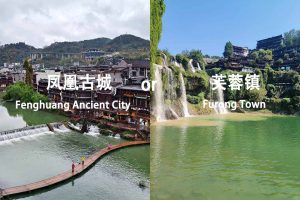
- 14-Day China Dream Trip: Iconic Cities, Breathtaking Landscapes & Cultural Gems

- First Time Visiting China: Should You Start in Beijing, Shanghai, or Hong Kong?
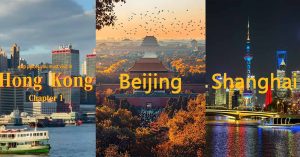
- Zhangjiajie Forest Park’s ultimate strategy to avoid pits and crowds: Unlock the wonderland gameplay that is not crowded or queued
